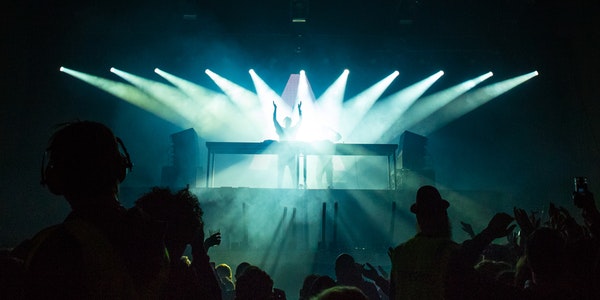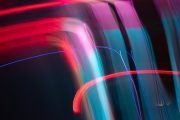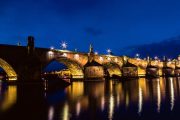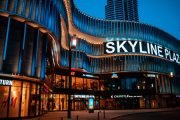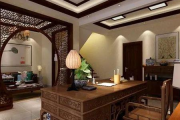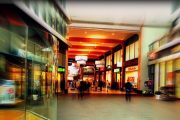Introduction
Concepts such as light environment and lighting art have attracted more and more attention. Lighting design has begun to break away from the purely technical level. The reason why it is called lighting design is that lighting is more inclined to art, and lighting is more inclined to science, and lighting design must have both the characteristics of “lighting science” and “lighting art”.
In the lighting design process, art and science run through. The design is divided into two stages: the first stage is to integrate art and science, and the second stage is to express through art form. Integrating art and science into design is to use light environment and lighting art as the starting point to pluck the designer’s innovation string. Abandoning the traditional design thinking, the requirements for the lighting environment to meet the standards in terms of quantitative indicators are too high, and the pursuit of quality indicators for lighting scenes is ignored. Problems should be thought about and solved from the perspective of art and science. The primary quality that a good lighting designer should have is a keen sense of artistic beauty and an artist’s talent. Skills can be cultivated through the day after tomorrow. If there is a lack of aesthetic awareness, it cannot be filled.
Everything in the world has its own form, but light is a more peculiar alternative. Light is an immaterial existence that cannot be seen directly but can illuminate objects. For a long time, light has been regarded as a design idea lacking form. In the design of lighting effects, lighting has a form and volume, and it needs to rely on a medium to be mapped to people’s eyes. This physical pattern that maps to the human eye is the light beam. It can form the form of light through lamps, lighting methods and illuminants.
1. The Shape Design of the Light Formed by the Lights
The light emitted by lamps can be divided into concentrated light and diffused light. The characteristics of concentrated light are that the light is clearly gathered into a bundle, the illumination target is clear, the light transmittance is strong, and strong reflection is easy to appear on smooth objects. The concentrated light is mainly presented as different beams of different shapes, and the brightness of the edge of the beam decreases sharply, so the concentrated light has a clear outline and shape.
The characteristics of diffuse light are that the light is emitted, the lighting target is not specified, the brightness is uniform, and strong reflections are not easy to appear on the object. The contours of the edges of the diffuse beam are blurred.
In the lighting design, the shape of the concentrated light beam is clearly defined, which is a design factor with extreme visual impact. Diffuse light is another diametrically opposed design factor. Both have solid artistic tension.
1.1 The shape of the light emitted by the computer beam light
The shape of the light emitted by the computer beam light is the shape of a cone, which emits concentrated light. On the stage, designers often release more smoke in order to seek such a strong beam effect. The more intense the beam, the clearer the shape.
The optical zoom range of the computer beam light is expanded, and the range of morphological transformation is also expanded. Sometimes the beam shape resembles a cone, and sometimes it resembles a cylinder. The wider the field of morphological transformation, the richer the imagination of the audience will be. These bright beams of light help designers build a performance space without a real scene or a curtain, and form a light curtain that can replace the real scene and the picture screen. When the light curtain moves, the visual picture changes wonderfully. When the rows and layers of computer beam lights are lit layer by layer, the audience is left with the impression of mountains and mountains.
The shapes of different beams and the arrangement of different beams bring different feelings to the audience. A slender beam brings stretch, a short beam brings strength. The skewed beams bring waves, the vertical beams bring calmness. The neatly arranged beams bring solemnity, and the chaotic beams bring casualness. The light beam appears on the stage as a beautiful “scenery”, not only has many similarities to the stage set, but also the expressive power of timing is beyond the reach of traditional live scenes. Because the beam behaves so freely in time and space, the beam also gives a richer meaning.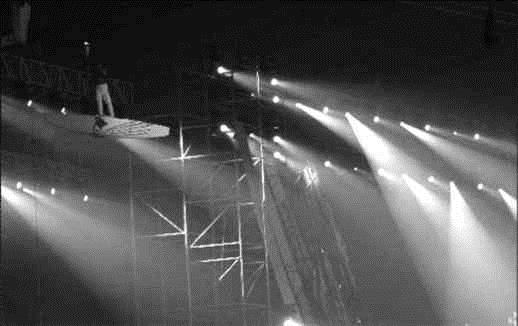
Fig.1 The light beam lights with conical contour
1.2 The shape of the light emitted by the spotlight
Figure 2 shows the concentrated light traces left by the spotlight on the wall, which is reflected by the wall to form a sense of hierarchy. Use bright, airy light paths to create unreal, dreamy lighting scenes. The parabolic-shaped light form is hung on the wall of the exhibition space, and it is displayed continuously and symmetrically, with soft light and full rhythm.
This repetition makes the visual image have a strong sense of form, and allows the audience to achieve a sense of balance. It echoes with each other and complements each other with the furniture exhibits, bringing out the well-organized display of the furniture.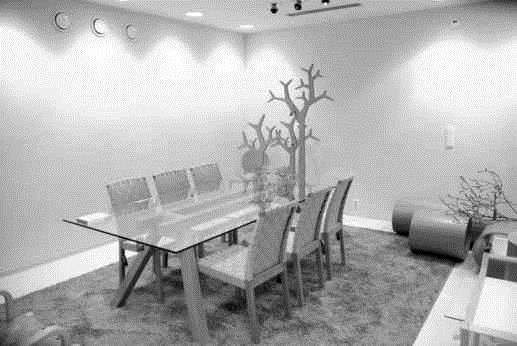
Fig.2 Spotlight in the form of concentrated light effect on the wall
1.3 The form of diffused light formed by fluorescent lamps
In lighting design, the form of light is preferred as the entry point for design creation, because the edge of the concentrated light beam is clear and has a strong visual impact. The diffuse light emitted by the fluorescent lamps installed on the indoor ceiling permeates the entire lighting scene, and the beam cannot be found at all. It contains a gentle design element, adding soft light to the interior, and lacking strong chiaroscuro to form a peaceful interior atmosphere. The form of light displayed can gently bring out a warm atmosphere, and let the soft light spread to every corner of the indoor lighting scene.
As shown in Figure 3, the diffused light from the fluorescent lamps embedded in the ceiling fills the entire business hall, filling the business hall with a warm and peaceful business atmosphere. It can be seen from this that both concentrated light and diffused light have solid artistic expression.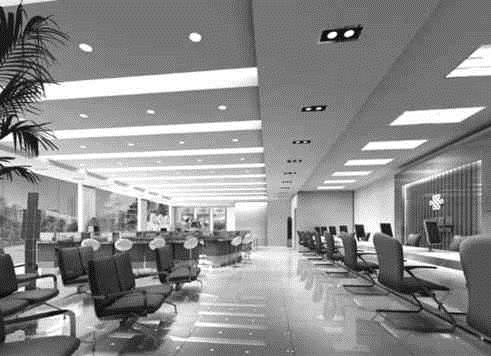
Fig.3 The effect of fluorescent lamp form of diffuse light
2. The Shape Design of the Light Formed by the Lighting Method
2.1 The shape of the lamp trough determines the shape of the light
In the lighting design, different lighting methods can be used to form different spatial artistic effects. As shown in Figure 4, the shape of the pink light trough on the ceiling and the ground, that is, the shape of the light-receiving surface, determines the shape of the light. The various forms are due to the LED light strips arranged in the light troughs that are invisible to the naked eye, and are reflected in our eyes through the reflection of the light-receiving surface, which is produced by indirect lighting.
The indirect lighting method is to use the principle of light reflection, project all the light to the ceiling or the ground or the wall first, and then reflect it to the object to be illuminated through the ceiling or the wall or the ground. The shape of the lamp trough determines the shape of the diffuse light. Create a uniform and gentle lighting scene in the sight of the audience, highlight a certain lighting space theme, enhance the artistic appeal of the lighting scene, and give people a lifted and quiet psychological feeling.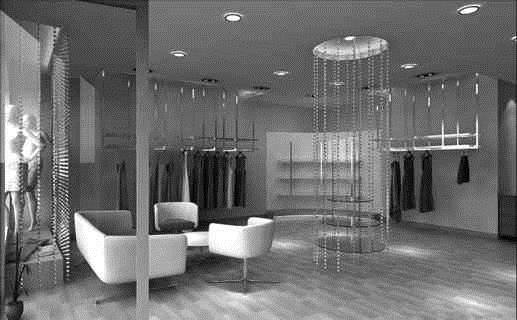
Fig.4 Ceiling, floor lamp groove shape determines the shape of the light
In addition to considering the shape of the lamp trough, that is, the light-receiving surface’s plastic art perspective, the three elements to determine the indirect lighting effect are further examined from the perspective of scientific thinking:
① The distance between the light source and the light-receiving surface is appropriate. The separation distance refers to the distance between the light source and the ceiling, wall, and ground. The further the distance, the greater the light cast range. The light emitted by the light source scatters into space and cannot be collected on the light receiving surface. Conversely, the smaller the light projection area, the stronger the contrast between light and dark, and the lack of light transition layering. In this way, the separation distance is an important factor for the effect of light diffusion, soft brightness, step change, and the like.
② Blocking of the light source. That is, the position of the light source in the lamp trough is arranged so that neither the light source is exposed to the audience’s field of vision, nor is there an uncomfortable, sudden and violent boundary blocking the light on the light-receiving surface in order to block it. In order to obtain a satisfactory indirect lighting effect, it is necessary to recognize the existence of the light block, and set the position of the light source and the relationship between the light block.
③ Surface conditions of the light-receiving surface. For the light-receiving surface, in order to form a uniform diffuse reflection light, it is required to have a flat surface without gloss.
2.2 The shape of light in plane and three-dimensional
In Figure 5, the floodlight is irradiated on the plane three-dimensional suspended in the air, the irradiation area is large, the light-receiving surface of the plane three-dimensional is high in illumination, and the brightness is uniform. Through indirect lighting, it conveys a strong three-dimensional sense of plane, giving people a floating and open psychological feeling, making people feel comfortable. 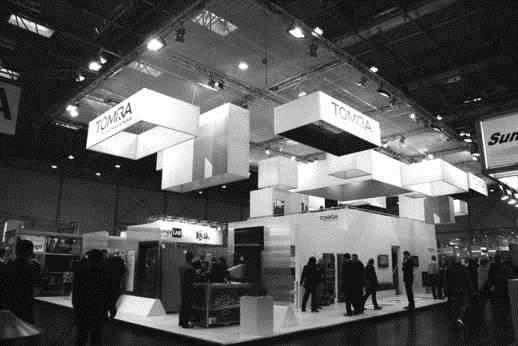
Fig.5 Light receiving surface is irradiated uniformly
2.3 The shape of three-dimensional surface light
If you want to highlight the effect of curved surface modeling in the exhibition space, different strategies should be adopted, and spotlights should be used to achieve this purpose through indirect lighting and local lighting. The scaffolding shown in Figure 6 exhibits a curved aesthetic inside and out.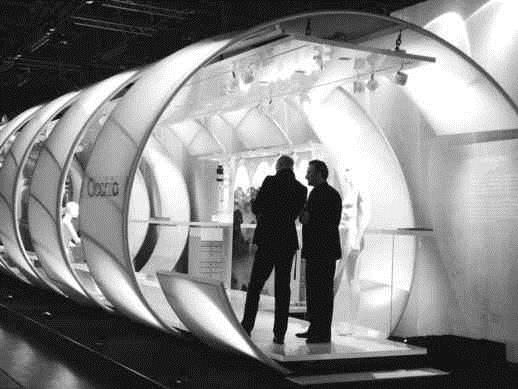
Fig.6 Spotlight shines on the light receiving surface locally
3. The Shape Design of the Light Formed by the Luminous Body
3.1 The light form formed by the luminophore indicates the theme
A luminous body is a three-dimensional solid that emits internal light. Generally, the light source and the entity are organically combined to create a poetic three-dimensional shape of the light. The shape of light with peculiar charm is created through the modeling of luminous bodies, or the artistic charm of light is presented through light-transmitting materials.
Its design focuses on the fusion of the artistry of form and the expressive power of light. It not only uses the shape of the luminous body to produce a unique and attractive light form, but also enhances the artistry of the luminous body shape by virtue of the expressive power of the light. Nowadays, such luminaries frequently appear in lighting scenes, especially exhibition spaces, which not only illuminate the environment but also decorate the space.
As shown in Figure 7, the luminous body is suspended from the ceiling and placed on the ground. The heaven and the earth are one, echoing each other from afar, vividly telling the audience about the key development of petroleum and natural gas chemical projects, as well as the synthesis of new materials, fine chemicals and other petroleum deep processing Industry, point out the theme of the exhibition space.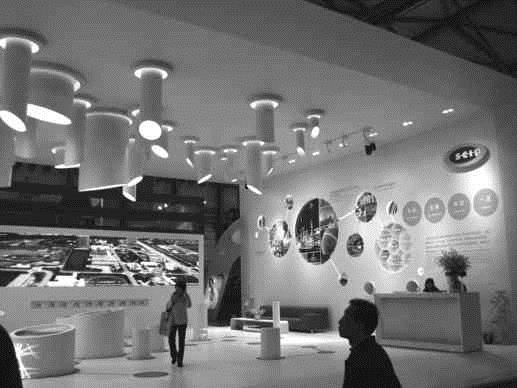
Fig.7 Lamps in the form of light emitter
3.2 The light form formed by the luminous body highlights the corporate image.
Figure 8 A white luminous body appearing in mid-air. Using the light transmission of the lamp cloth, the fluorescent tubes are evenly distributed behind the lamp cloth, and the uniform transmission of white light highlights the corporate logo pattern. The sides of the blue and gray block-surface illuminators on both sides are set with blue self-illumination. Blue echoes the standard color of the corporate logo, which not only enhances the three-dimensional sense of the block-surface luminous body, but also easily reminds the audience of the main business – high-quality flooring, which highlights the corporate image while interpreting the structure of the luminous body.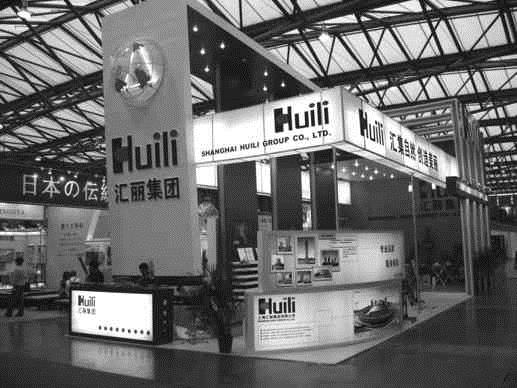
Fig.8 Entire booth by a number of light-emitting body composition, reflect the corporate image
4. Conclusion
Different types of lamps can emit different light forms due to different structures. These different light forms induce numerous visual artistic effects. Light troughs of different shapes and solid interfaces of various shapes form a variety of lighting forms relying on indirect lighting. Not to be outdone, the luminous bodies with different shapes attract the audience’s attention with their respective lighting forms.
The real thing is valued in “shape”, and if it loses its shape, everything will be lost. As far as the lighting form is concerned, the outstanding structural presentation is the first consideration for the creative lighting design. The light form and the real space are integrated together to compose the theme of the lighting scene, which further enhances the artistic charm of the lighting design.
We should make full use of various lighting forms, so that lighting science and lighting art are more perfectly linked. As a successful lighting designer, you should start with artistic thinking and seek scientific design creation. Continuously innovate design thinking, rationally use technology, and create high-quality lighting scenes that conform to people’s living habits and aesthetic art style.

